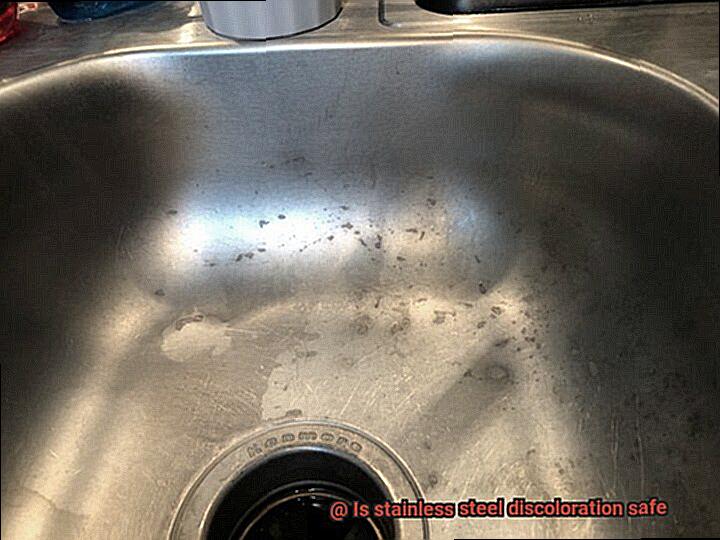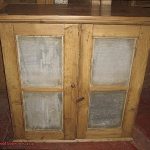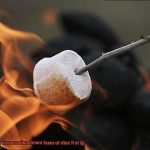Stainless steel is the ultimate in durability, style, and corrosion resistance. It’s a go-to material for everything from appliances to cookware and cutlery. But what happens when your gleaming stainless steel starts to look like a hot mess? That’s right – discoloration. And it’s enough to make even the most seasoned chef wonder if their trusty stainless steel tools are still safe to use.
Picture this: you’ve just cooked up a succulent steak and served it on a pristine stainless steel platter. You take a break, come back for seconds, and BAM – brownish or bluish stains have taken over your once-perfect plate. It’s enough to put anyone off their food. But don’t worry; discoloration is not necessarily a sign of poor quality or unsafe material.
In this article, we’ll explore the topic of stainless steel discoloration in depth. We’ll answer the burning question – is it safe to use discolored stainless steel? We’ll also dig into what causes staining in the first place and share some tips on how to prevent and restore it. So, sit tight, grab a snack (preferably not one that will stain your stainless steel), and let’s dive into this informative journey together.
Contents
What Is Stainless Steel Discoloration?
Stainless steel is a popular material for its strength, durability and resistance to corrosion. However, it is not immune to discoloration. Discoloration of stainless steel can occur due to various reasons such as exposure to heat, chemicals, or moisture. This can result in different shades of color ranging from yellow, brown, to blue.
There are two main types of discoloration in stainless steel: surface discoloration and internal discoloration. Surface discoloration generally happens due to external factors such as exposure to heat, chemicals, or abrasion. On the other hand, internal discoloration occurs due to the presence of impurities or alloying elements in the material.
Heat tinting is a common type of surface discoloration that occurs when stainless steel is exposed to high temperatures during welding or other manufacturing processes. This leads to the formation of a thin layer of oxide on the surface of the metal, which alters its hue and reduces its corrosion resistance.
Another type of surface discoloration is caused by exposure to chemicals such as acids, bleach, or salt. These can cause pitting or etching on the surface of the metal, resulting in discoloration and reduced corrosion resistance.
Internal discoloration occurs due to the presence of impurities such as sulfur, phosphorus, or carbon in the material. These impurities can react with the metal and cause discoloration and reduced corrosion resistance.
While stainless steel discoloration may not be visually appealing, it does not necessarily mean that it is unsafe for use. Proper maintenance and cleaning can help prevent discoloration and maintain the integrity of stainless steel products.
Here are some practical tips for preventing stainless steel discoloration:
- Clean your stainless steel products immediately after use with mild soap and water
- Dry them thoroughly after cleaning
- Avoid exposing them to harsh chemicals or abrasive materials
- Do not overheat your stainless steel cookware
- Avoid cooking highly acidic foods for extended periods of time
Is Stainless Steel Discoloration Safe?
First things first, let’s understand why discoloration happens on stainless steel. Chromium is a key component of stainless steel, and when it reacts with oxygen, it forms a protective layer on the metal. This layer prevents rusting and corrosion, but over time, it can also lead to discoloration. The discoloration ranges from a mild yellow or brown tint to a more noticeable rust-like appearance.
Now, onto the question of safety. The good news is that discoloration isn’t a safety concern for your grilled food. That’s right – despite its unsightly appearance, it doesn’t affect the functionality or safety of your grill. In fact, some grill enthusiasts argue that discoloration can actually enhance the flavor of your food by building up layers of seasoning from previous cooking sessions.
However, there are instances where discoloration could be indicative of a more serious issue with your grill’s integrity. If you notice pitting or cracking in the stainless steel, it’s important to inspect and potentially replace any damaged parts to ensure safe cooking.
So what does all this mean for you as a grill owner? It means that you can continue to use your discolored stainless steel grill with confidence. After all, nothing beats gathering around the grill and enjoying a delicious meal with friends and family. And if you’re still not convinced, here’s a quick list of reasons why stainless steel discoloration is safe:
- Stainless steel contains chromium, which forms a protective layer on the metal.
- Discoloration doesn’t affect the functionality or safety of your grill.
- A well-seasoned grill with discoloration can enhance the flavor of your food.
- Pitting or cracking in the stainless steel is a cause for concern, but discoloration alone isn’t a safety issue.
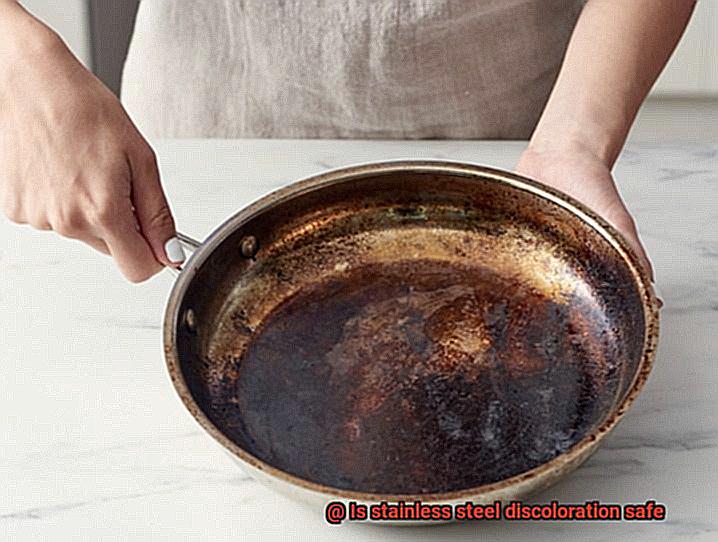
The Risk of Poor Quality Stainless Steel
While discoloration and corrosion may seem like minor issues, they can quickly become major hazards that compromise the safety and integrity of the metal.
One of the most significant dangers of poor quality stainless steel is the presence of impurities that can cause discoloration and corrosion over time. These impurities can come from a variety of sources, such as poor manufacturing processes, low-quality materials, or exposure to harsh chemicals or environments. Discoloration can range from unsightly yellowing to stubborn brown or black spots that are difficult to remove.
But the true danger lies in the potential health hazards or structural failures that poor quality stainless steel can cause. Some types of stainless steel may contain high levels of lead or other toxic elements that can leach into food or beverages, posing a severe risk to consumers. This is especially concerning for products like cookware that come into direct contact with food.
Additionally, poor quality stainless steel products may be more susceptible to rust or corrosion, which can weaken their structure and cause them to fail prematurely. This is especially alarming for items designed for outdoor use or exposure to moisture, such as grills or cookware.
To avoid these risks, it’s essential to carefully examine the quality and composition of stainless steel products before purchasing them. Consumers should opt for reputable brands and manufacturers who use high-quality materials and follow strict manufacturing standards. It’s vital to remember that investing in high-quality stainless steel products will not only guarantee safety but also ensure longevity.
Cooking with Acidic Foods and Harsh Chemicals
Cooking with acidic foods and harsh chemicals can be a challenge, especially when it comes to keeping your stainless steel cookware looking its best. As an expert in this area, I’m here to shed some light on the topic and offer tips for preventing and removing discoloration.
Stainless steel cookware is a popular choice for many home cooks because it’s durable, non-reactive, and easy to clean. However, prolonged exposure to high temperatures or harsh chemicals can cause “heat tinting,” which is a thin oxide layer that forms on the surface of the steel. This can result in unsightly discoloration ranging from a subtle rainbow effect to a more noticeable brown or blue tint.
Fortunately, stainless steel discoloration is generally safe and doesn’t affect the safety or functionality of your cookware. However, if you’re like most people, you want your cookware to look its best. So how do you prevent discoloration?
Firstly, try using lower heat settings when cooking with acidic foods or harsh chemicals. This will help prevent the stainless steel from becoming too hot and developing heat tinting. Additionally, avoid leaving acidic foods in your cookware for extended periods of time – instead, transfer them to a different container once they’ve finished cooking.
If you do notice discoloration on your stainless steel cookware, don’t worry – there are several methods for removing it. One option is to use a mixture of baking soda and water to gently scrub the affected area. Another option is to use a specialized stainless steel cleaner, which can be found at most kitchen supply stores. Just make sure to follow the instructions carefully and avoid abrasive scrubbers that could damage the surface of your cookware.
Cleaning and Maintenance Tips for Stainless Steel Cookware
Stainless steel cookware is a popular choice for many households due to its sleek appearance, durability, and non-reactive properties. However, even the best quality stainless steel cookware can become discolored over time due to exposure to high heat or certain cleaning agents. To keep your stainless steel cookware looking its best, it’s important to follow these five subtopics:
Avoid Harsh Chemicals and Abrasive Cleaning Tools
The first tip for maintaining your stainless steel cookware is to avoid using harsh chemicals like chlorine bleach or abrasive cleaning tools like steel wool. These can scratch and damage the surface of the cookware, making it more susceptible to discoloration and rust. Instead, opt for gentle cleaning solutions such as dish soap and warm water or specialized stainless steel cleaners. Be sure to rinse the cookware thoroughly with water afterwards and dry it off with a soft cloth to prevent water spots from forming.
Be Careful with Acidic Foods
Cooking acidic foods such as tomatoes or citrus fruits in stainless steel cookware for prolonged periods of time can cause discoloration and pitting on the surface of the cookware. If you must cook acidic foods in stainless steel, try adding a small amount of water or oil to the pan first to help create a barrier between the food and the metal.
Properly Dry Your Cookware
After washing your stainless steel cookware, it’s important to properly dry it to prevent water spots or mineral deposits from forming. Use a soft towel or air-dry on a rack to avoid scratching the surface. Additionally, avoid leaving wet or damp cookware sitting out for extended periods of time, as this can lead to discoloration as well.
Store Your Cookware Properly
Storing your stainless steel cookware properly is another important step in maintaining its appearance and functionality. Avoid stacking pans on top of each other without some kind of protective layer in between, as this can cause scratches and damage the surface. Instead, consider hanging your cookware on a rack or storing it flat in a drawer.
Use Natural Cleaning Agents for Stubborn Stains
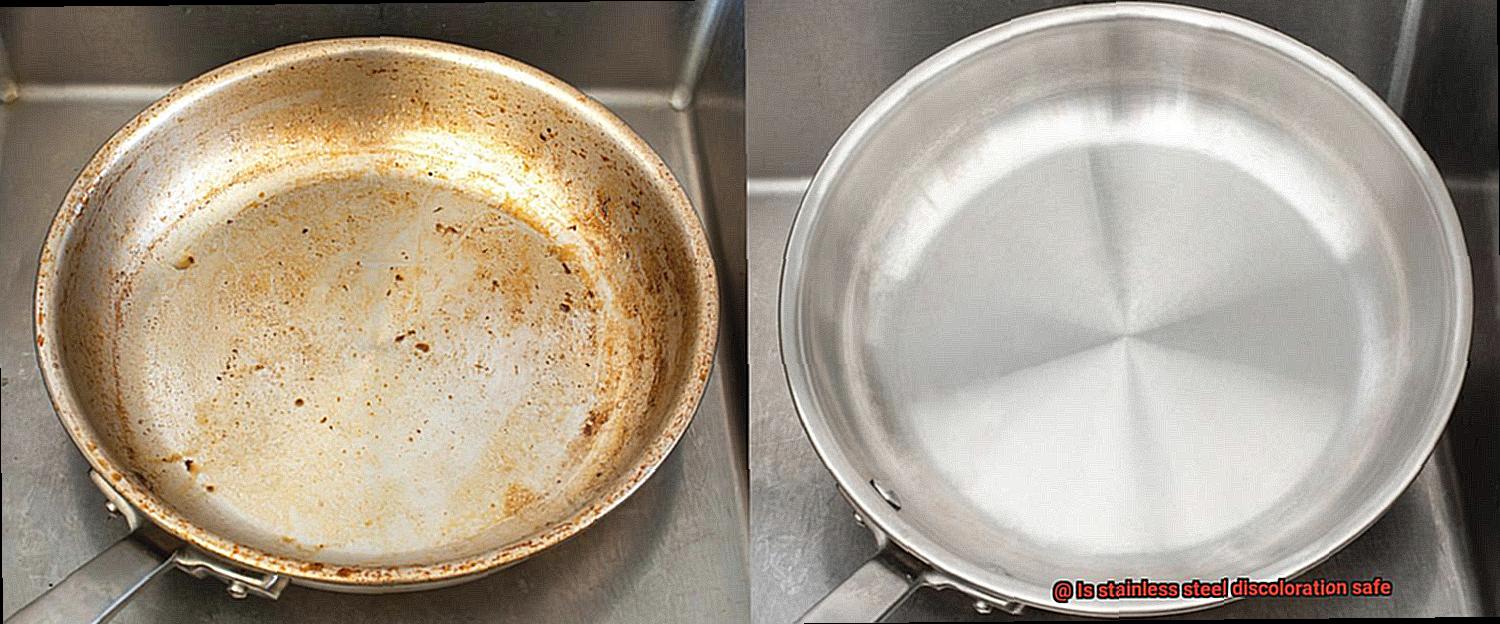
For tougher stains or discoloration on your stainless steel cookware, try using natural cleaning agents like baking soda and water or white vinegar and lemon juice. Apply the mixture to the affected area and let it sit for several hours before rinsing off with warm water. This will help remove any stubborn stains without damaging the surface of the cookware.
How to Minimize Discoloration and Extend the Life of Your Cookware
Stainless steel cookware is a popular choice for its durability and versatility. However, discoloration can be a common problem if proper care is not taken. Discoloration can indicate that your cookware is not functioning at optimal levels and may even pose safety risks. Here are some tips to minimize discoloration and extend the life of your cookware.
Use the right tools
Use silicone or wooden utensils instead of metal ones, which can scratch and damage the cookware’s surface, causing discoloration over time.
Avoid overheating
Though stainless steel can withstand high temperatures, it’s best to keep the heat at a moderate level to prevent discoloration and other damage. This helps prevent hot spots that may lead to uneven cooking and discoloration.
Avoid acidic foods
Foods like tomatoes, citrus fruits, and vinegar can cause discoloration over time, so it’s best to use non-reactive cookware like ceramic or glass when cooking these types of foods.
Clean properly
Avoid using abrasive cleaners or scouring pads that can scratch the surface of your cookware. Instead, use a gentle dish soap and a soft sponge or cloth to clean your cookware. If you do notice discoloration, try using a mixture of baking soda and water or vinegar and water to remove it.
Preheat properly
Preheating your cookware before use helps to evenly distribute heat and prevent hot spots that could lead to discoloration. It also ensures that the food cooks evenly.
Remove discoloration
If discoloration does occur, use a mixture of baking soda and water or a specialized stainless steel cleaner that is specifically designed for removing discoloration.
7mUc3I_fLL8″ >
Conclusion
In summary, stainless steel is a reliable and long-lasting material used in various industries. However, discoloration can occur due to external factors such as heat, chemicals or abrasion, or internal factors such as impurities or alloying elements. While it may not be aesthetically pleasing, stainless steel discoloration is not necessarily unsafe.
To ensure the longevity of your stainless steel products, proper maintenance and cleaning are crucial. Avoid exposing them to harsh chemicals or abrasive materials and refrain from overheating your cookware. Although discoloration does not pose a safety concern for your food, pitting and cracking in the metal should be taken seriously.
Poor quality stainless steel can also compromise the integrity of the metal and pose health hazards. Therefore, it’s essential to invest in high-quality stainless steel products from reputable brands.
To keep your cookware looking pristine, dry it thoroughly after washing with mild soap and water. Additionally, avoid stacking pans on top of each other without protective layers in between and use silicone or wooden utensils instead of metal ones to prevent scratches that may lead to discoloration over time.

